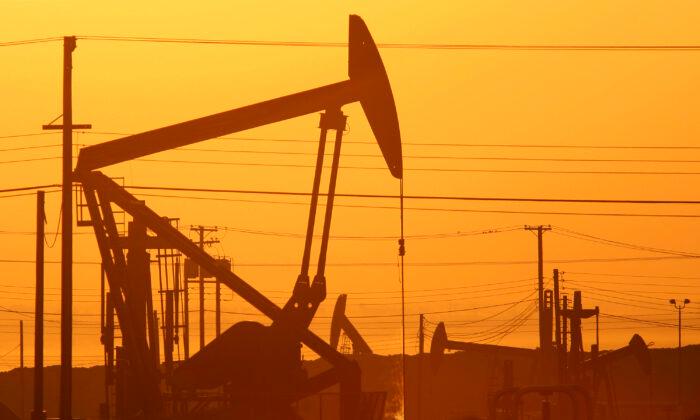Natural gas inventories in the United States are projected to be below average when the country begins to need heat for winter, according to the U.S.
Energy Information Administration.
The EIA’s
weekly report on natural gas storage, released Aug. 12, shows that the United States currently has over 2.7 trillion cubic feet of working gas in underground storage across the lower 48 states. That’s 16.5 percent less than the 3.3 trillion cubic feet of gas at the same time last year.
The EIA has projected that by Nov. 1, when winter heating season starts, the country will have just under 3.6 trillion cubic feet of natural gas in storage—159 billion cubic feet below the average over the past five years.
“U.S. production of dry natural gas has remained relatively flat, averaging 91.5 billion cubic feet per day (Bcf/d) so far in 2021 (January–July), 0.4 Bcf/d below the same period in 2020,” the EIA noted.
In 2019, the United States produced a
record-high average of 93.1 billion cubic feet of dry natural gas per day.
An EIA spokesperson said that the high natural gas prices have made coal “a more cost-competitive fuel source for electricity generation,” boosting coal-related carbon dioxide emissions by 17 percent.
Overall, carbon dioxide emissions from the domestic energy sector have risen 7 percent in 2021 after declining 11 percent during 2020, a net decrease since the
CCP virus pandemic reached the United States.
“Despite significant growth in energy-related CO2 emissions as the U.S. economy opens up, we don’t see these emissions returning to pre-pandemic levels, at least in the short term,” said EIA Acting Administrator Steve Nalley in a
statement.
The EIA’s
weekly report on petroleum inventories, released Aug. 11, shows a similar pattern to that of natural gas, with crude oil inventories roughly 6 percent lower than the five-year average for early August.
Crude oil imports through most of July were also 16.3 percent higher than during the same period in 2020.
When asked whether Biden administration policy actions or priorities were affecting oil and natural gas prices and storage, an EIA spokesperson stated that “the market is driving these trends.”





